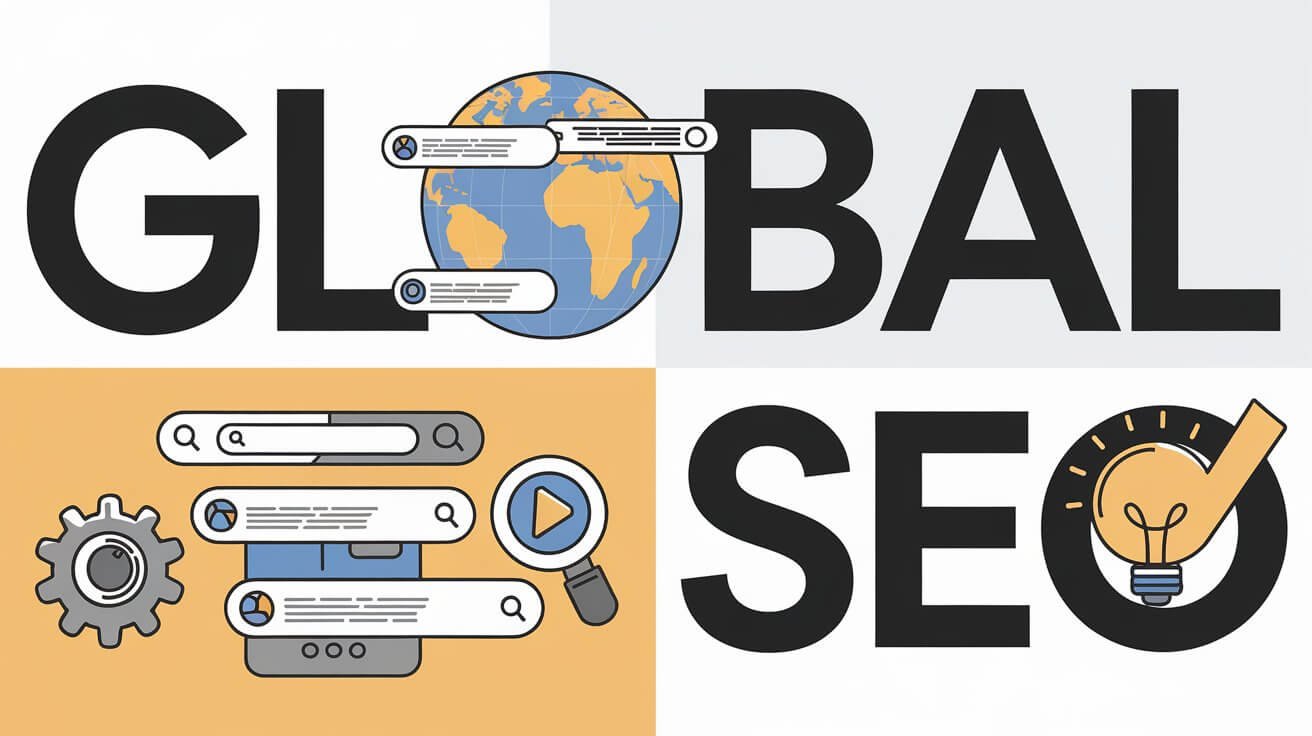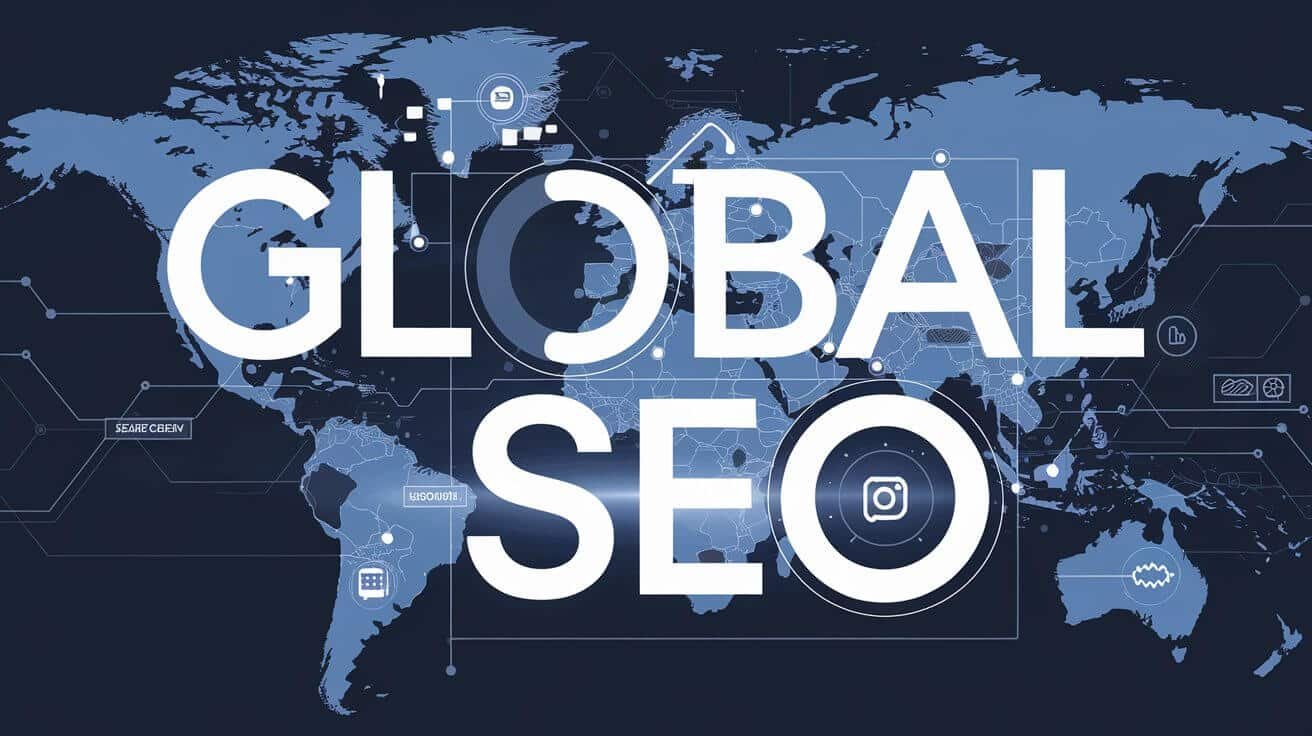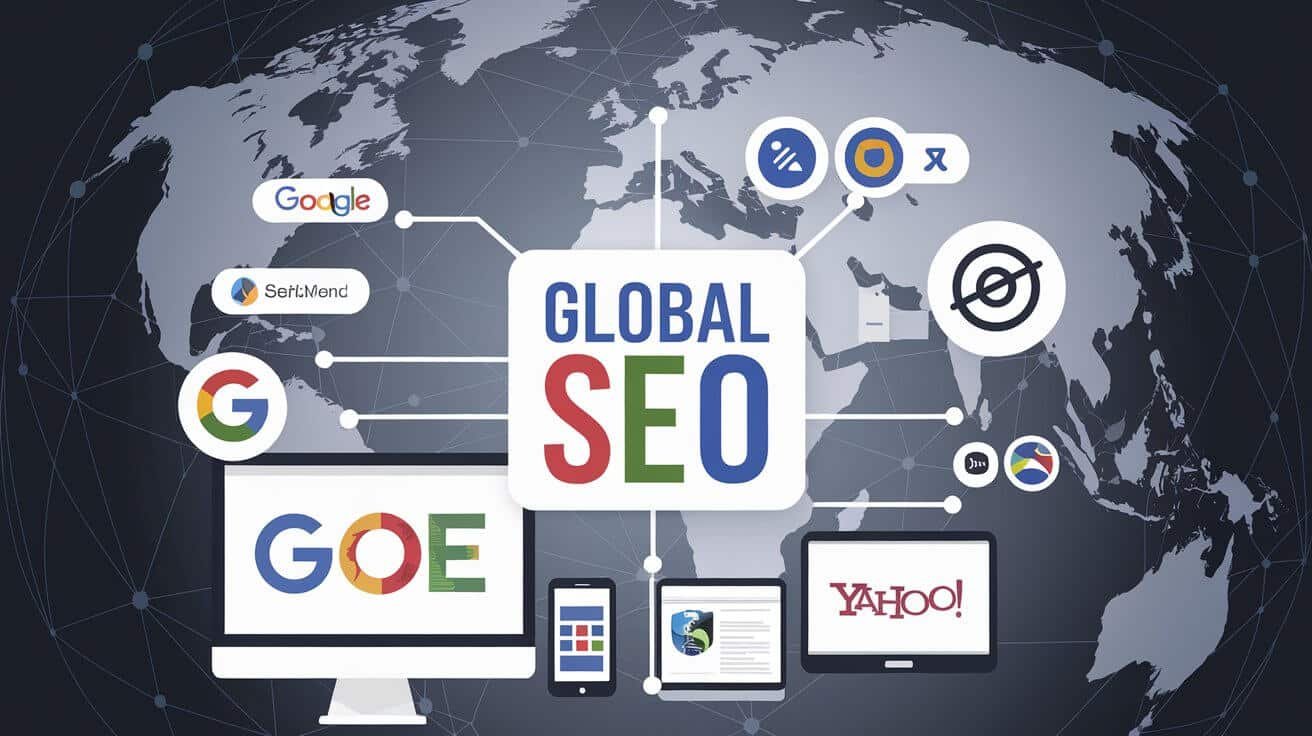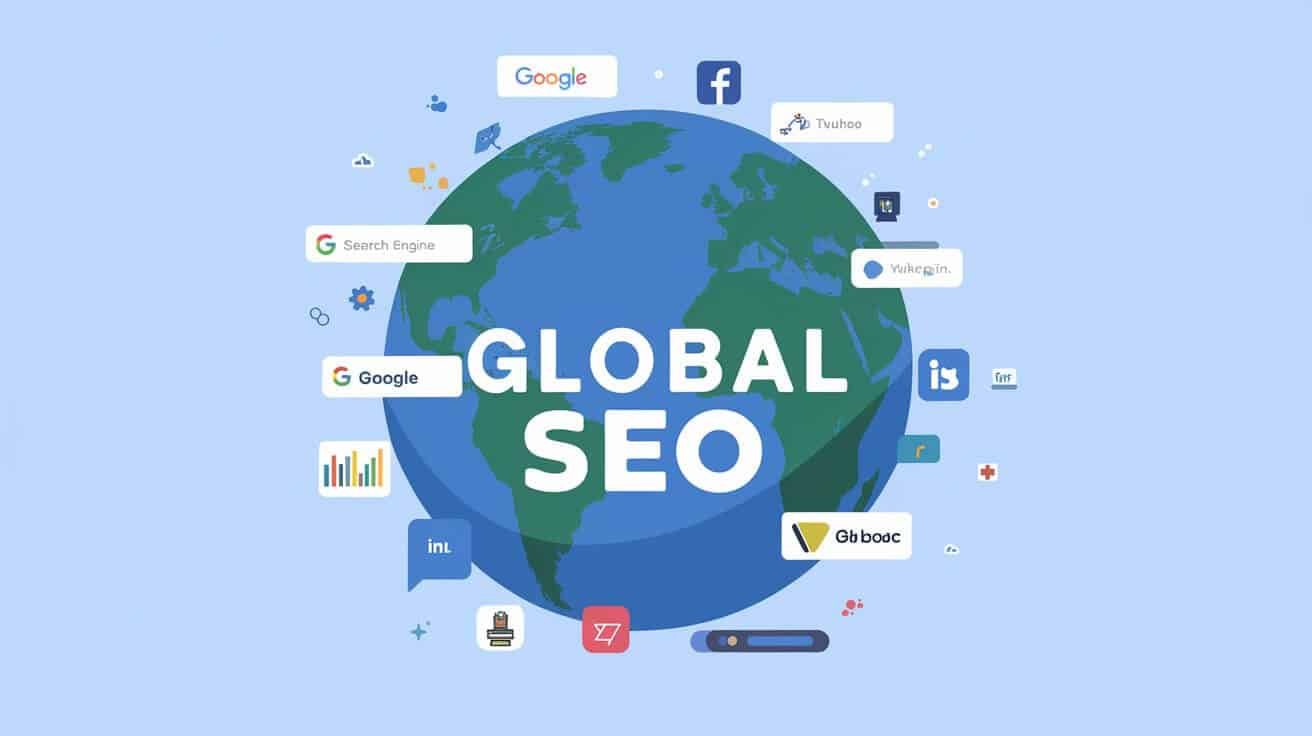In today’s hyper-connected world, businesses are no longer limited to their local or regional markets. Expanding globally presents vast opportunities, but it also brings unique challenges. Global SEO is one of the most important strategies for businesses looking to target international audiences. This comprehensive guide will walk you through what global SEO is, why it matters, and the key strategies for implementing it successfully.
What is Global SEO?
Global SEO is the process of optimizing your website to rank in search engines across multiple countries and regions. Unlike local SEO, which focuses on geographic areas near your business, global SEO targets a broader, international audience. It involves implementing strategies that cater to different languages, cultures, and search behaviors across various markets.
When done correctly, global SEO helps you:
- Reach a diverse and wider audience.
- Improve brand awareness internationally.
- Drive organic traffic from different parts of the world.
- Build a global presence, expanding beyond your domestic market.

Why is Global SEO Important?
With globalization and the rise of e-commerce, businesses have access to markets far beyond their home countries. Here’s why global SEO is critical:
- Increased Reach: Global SEO helps you tap into international markets, reaching customers who speak different languages and use different search engines.
- Diversified Revenue Streams: Expanding your reach globally allows your business to generate revenue from multiple markets, reducing dependency on a single region.
- Competitive Edge: Many businesses still operate with a local or regional focus. By mastering global SEO, you can stay ahead of competitors by appealing to a broader audience.
- Localized Experiences: Global SEO ensures that each audience receives a tailored experience, whether through language, search preferences, or culturally relevant content.
Key Strategies for Implementing Global SEO
Successfully executing a global SEO strategy requires a mix of technical optimization, content strategy, and localized marketing efforts. Let’s explore the essential steps.
1. Research and Understand Your Target Markets
Before optimizing your site for global SEO, it’s crucial to identify which markets are best suited for your product or service. This involves researching:
- Search demand: Analyze which countries show the highest search volume for keywords relevant to your business.
- Competitor analysis: Evaluate how competitors are performing in your target markets.
- Cultural relevance: Consider whether your products, services, and messaging align with the local culture and preferences.

2. Choose the Right Global SEO Structure
There are three common approaches to structuring a website for global SEO:
- Country-Code Top-Level Domains (ccTLDs): These are specific to each country, like
.ukfor the United Kingdom or.defor Germany. This method signals to search engines that your site is designed for a specific country.- Example:
www.example.co.uk - Pros: Strong local relevance.
- Cons: Expensive and harder to manage multiple sites.
- Example:
- Subdirectories: These are international sections on your main domain using subfolders (e.g.,
example.com/uk/). This is a cost-effective way to target global markets without the need for multiple domains.- Example:
www.example.com/uk/ - Pros: Easier management, SEO authority stays within the main domain.
- Cons: Not as strong a local signal as ccTLDs.
- Example:
- Subdomains: A separate domain for each country that still links back to your primary domain.
- Example:
uk.example.com - Pros: Separate entity for each market, but still part of the main domain.
- Cons: Can be harder to manage from an SEO perspective.
- Example:
3. Implement Hreflang Tags
Hreflang tags are crucial for global SEO. They help search engines understand which language and country your website is targeting. Hreflang tags tell Google, for example, that you have versions of the same page in different languages or for different regions.
- Hreflang tag format:
<link rel="alternate" hreflang="en-uk" href="https://www.example.com/uk/" /> - If you’re targeting both English-speaking users in the UK and English-speaking users in the US, hreflang tags help ensure the right version of the page is shown to each audience.

4. Keyword Research for International Markets
Keyword research is the foundation of any successful SEO strategy. For global SEO, however, it requires additional considerations:
- Language-specific searches: Search behavior varies by language. Keywords that work well in one country may not perform in another.
- Cultural differences: Certain words or phrases may be relevant in one country but not in another, or they may have different meanings.
- Local search engines: While Google dominates the global market, other search engines like Baidu in China, Yandex in Russia, or Naver in South Korea must be considered.
Use tools like Google Keyword Planner, Ahrefs, or SEMrush to conduct country-specific keyword research.

5. Translate and Localize Content
It’s not enough to simply translate your content into different languages. Localization is essential, which means adapting content to fit the cultural and linguistic norms of each target market.
- Translating content: Use professional translators who understand the language and nuances of your target audience.
- Localizing content: Tailor your content, images, and examples to suit the preferences, holidays, and idioms of the target region. Avoid direct translations that might not resonate with the audience.
6. Optimize for Local Search Engines
When targeting certain markets, it’s important to optimize for the search engines that dominate those regions. For example:
- Baidu: Dominates the Chinese market. You’ll need to follow Baidu’s specific SEO practices, including using simplified Chinese characters, hosting in China, and adhering to their strict content guidelines.
- Yandex: Russia’s leading search engine. Yandex places more emphasis on behavioral factors (e.g., how users engage with your site) and local backlinks.
- Naver: South Korea’s main search engine, Naver favors paid listings, blog posts, and user-generated content over traditional SEO signals.

7. Build a Global Backlink Strategy
Backlinks are crucial for ranking well in any market, and this is no different for global SEO. However, to build authority globally, you need links from websites in your target countries.
- Local Backlinks: Focus on acquiring backlinks from authoritative sites in each region. This could involve guest blogging, partnerships, or local influencers.
- Content Marketing: Create region-specific content that is valuable to local audiences and encourages organic backlinks.
8. Optimize for Mobile and Speed
Global users access the web from various devices, especially mobile phones. In fact, mobile search dominates in many countries. Make sure your website:
- Loads quickly in all target regions.
- Is mobile-friendly and responsive across all devices.
- Uses a Content Delivery Network (CDN) to reduce loading times globally by distributing your content across multiple servers worldwide.

9. Leverage Social Media and Local PR
Social media plays a significant role in global SEO, as it can help build your brand’s presence in different countries. Be sure to:
- Use country-specific social platforms (e.g., WeChat for China, VKontakte for Russia).
- Localize your social media strategy, posting content that resonates with the cultural preferences of each audience.
- Work with local influencers and PR networks to spread brand awareness in target regions.
Common Mistakes in Global SEO to Avoid
- Ignoring Local Search Engines: If you’re targeting markets like China or Russia, failing to optimize for Baidu or Yandex can drastically limit your visibility.
- Poor Translation: Relying on machine translation without localization can lead to content that doesn’t resonate or, worse, offends the target audience.
- Not Using Hreflang Tags: Without hreflang tags, search engines may confuse which version of your site to show, leading to lower rankings.
- Inconsistent NAP Information: If your business is local as well as global, ensure your Name, Address, and Phone number (NAP) are consistent across all versions of your site.
Conclusion: Why Global SEO is Vital for International Growth
As businesses look to expand beyond borders, global SEO becomes an essential part of digital marketing. From optimizing for different search engines and languages to localizing content and leveraging hreflang tags, effective global SEO can significantly boost your visibility and success in international markets.
Ready to grow your business globally? Start implementing these global SEO strategies today, and you’ll be on your way to reaching a worldwide audience.





